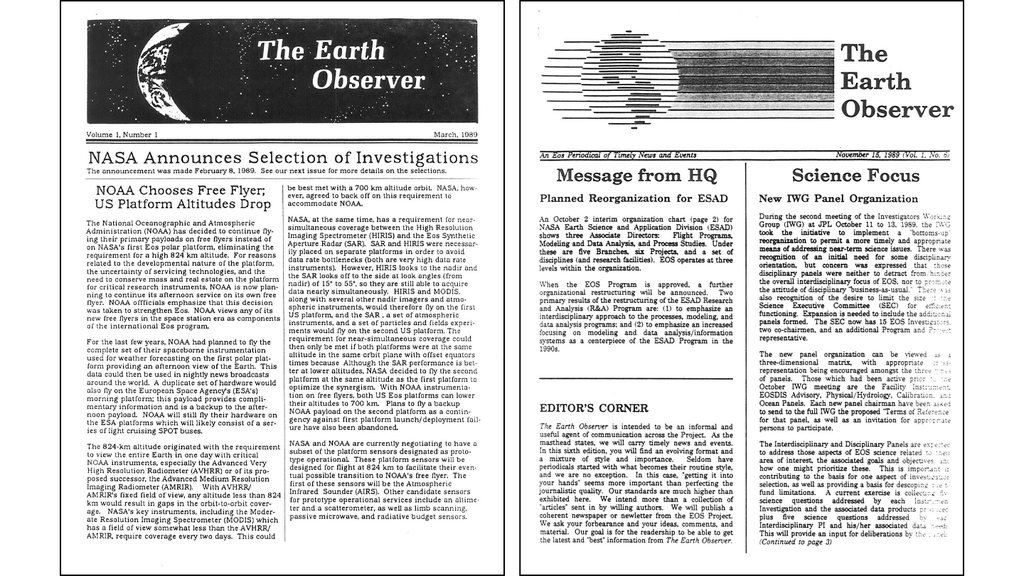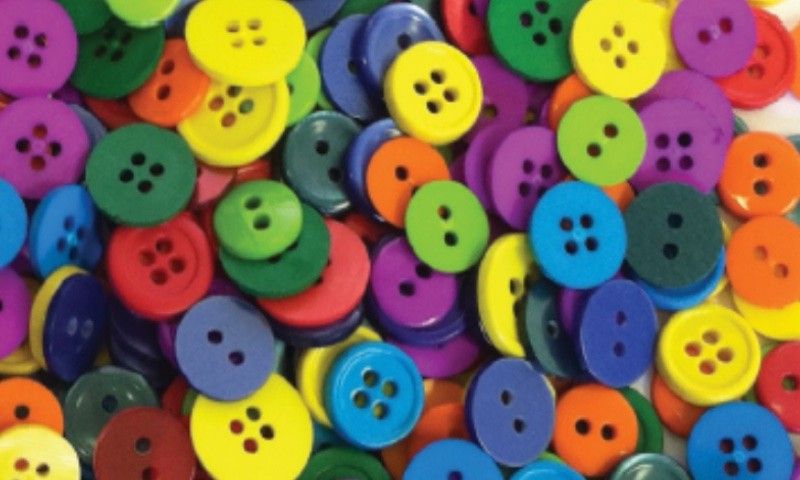Star Spectra Science
| Levels |
|
|---|---|
| Material Type |
|
| Heliophysics Big Ideas |
|
| NGSS |
|
| Heliophysics Topics |
|
| Material Cost per Learner | 1 cent – $1 |
| Language | English |
In this activity students use colored buttons and balloons to analyze star color, black body radiation curves, and luminosity of astronomical objects. Colored buttons (violet, blue, green, yellow, orange, and red) represent photons. For each color, students determine the corresponding wavelength and calculate the energy of a single photon of that color. This activity is appropriate for high school and university introductory physics and astronomy courses, and can be adapted for use in middle school. Watch the nine minute video to learn more about implementing the activity.
This activity is just one of the many resources for educators and students included in the Star Spectra Science Digi Kit. A Digi Kit is a web-based interactive lab that blends physics, geometry, and astronomy as students build and use physical models to explore phenomena. Digi Kit resources include a core lesson plan, videos, simulations, tutorials, and readings.
The Star Spectra Digi Kit integrates physics and space science as students use balloons filled with buttons to model star spectra. Every chemical element emits light at a characteristic set of wavelengths. Astronomers call these the "spectral fingerprints" of a celestial object, and it allows them to determine the object's composition. The colored buttons represent photons. For each color, students will determine wavelength and calculate the energy of a single photon of that color. The Digi Kit also provides links to vetted digital simulations, free spectral analysis data, digital labs on cosmic spectra and atomic emission spectra, and comprehensive background information on star classification systems, the role of energy in emission and absorption phenomena, and instruments used for detection of star spectra.
Access the full Digi Kit here or download the files below.




























